Root Canals
Introduction
Menu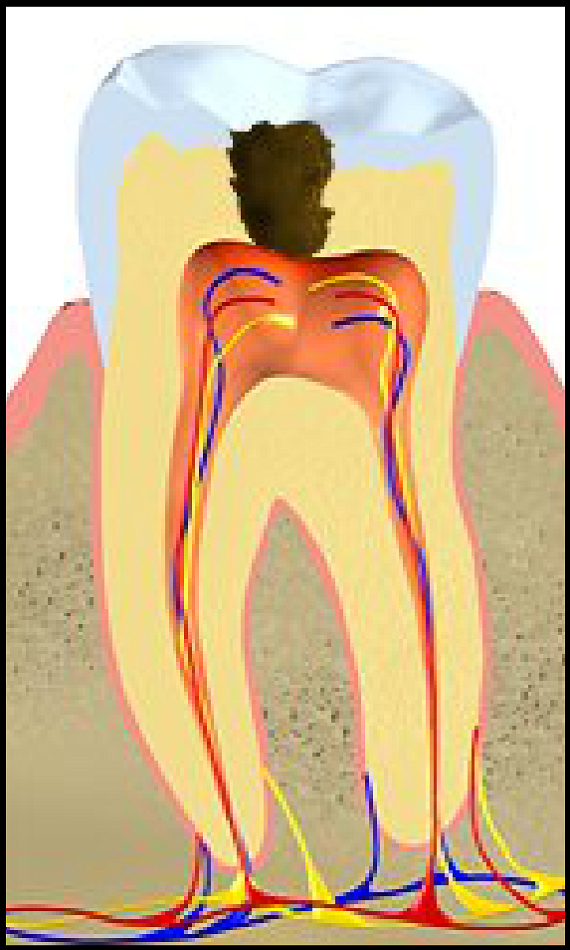
A root canal is used when the pulp of the tooth is infected. This can result from many circumstances, such as deep tooth decay or a blow to the tooth. During a root canal, we will extract the decayed pulp from the central part of the tooth, reshape the canal, and replace the pulp with strengthening filler.
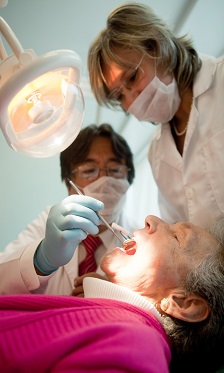
The patient will undergo anesthesia, and a dental dam will be used to isolate the tooth.
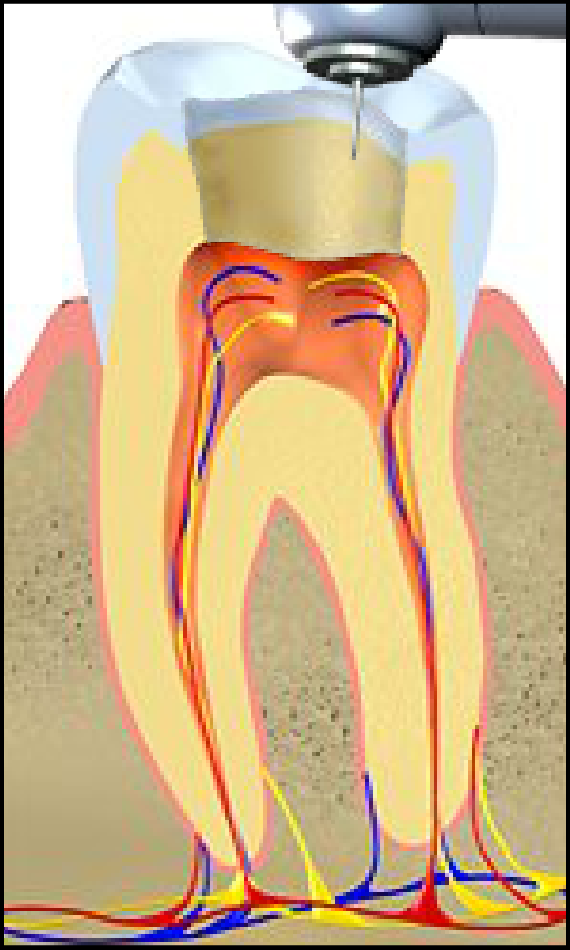
The doctor thoroughly cleans the tooth, including any cracks and canals, and makes an opening in the rootCanal.
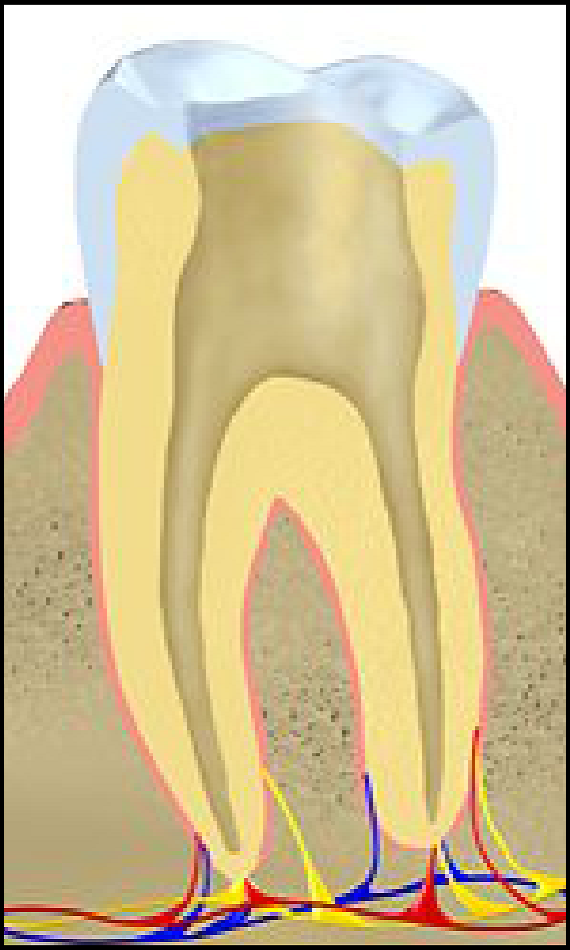
Using special tools, the doctor removes the infected or dead dental pulp and reshapes the canal.
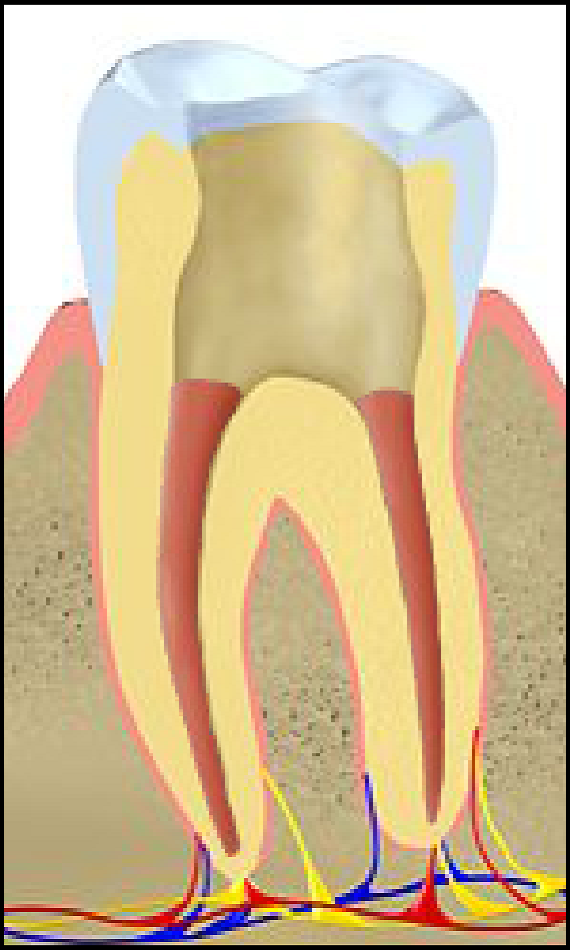
After the canal is clear, the doctor fills it with cutting-edge biocompatible filling material that's held in place by adhesive cement.
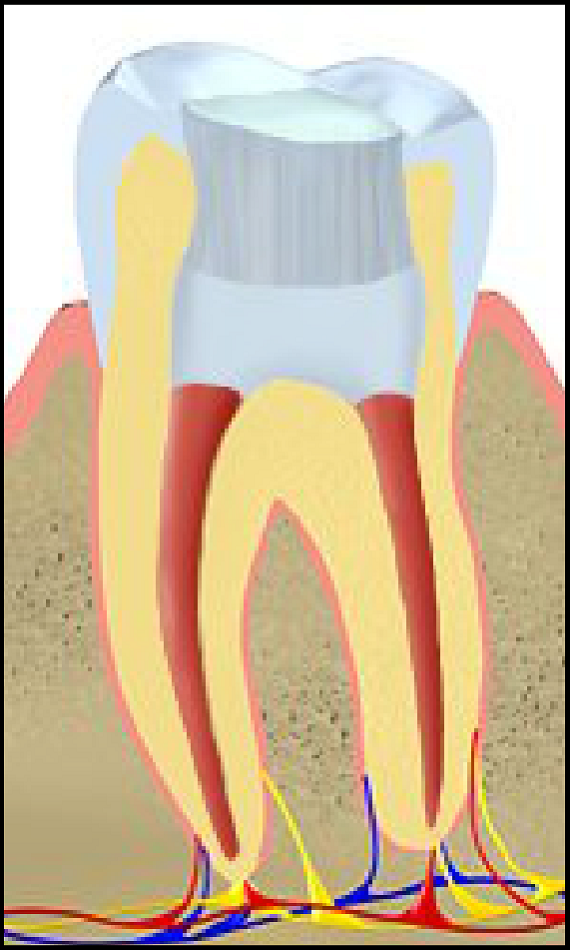
The tooth is then closed with a temporary covering/filling.
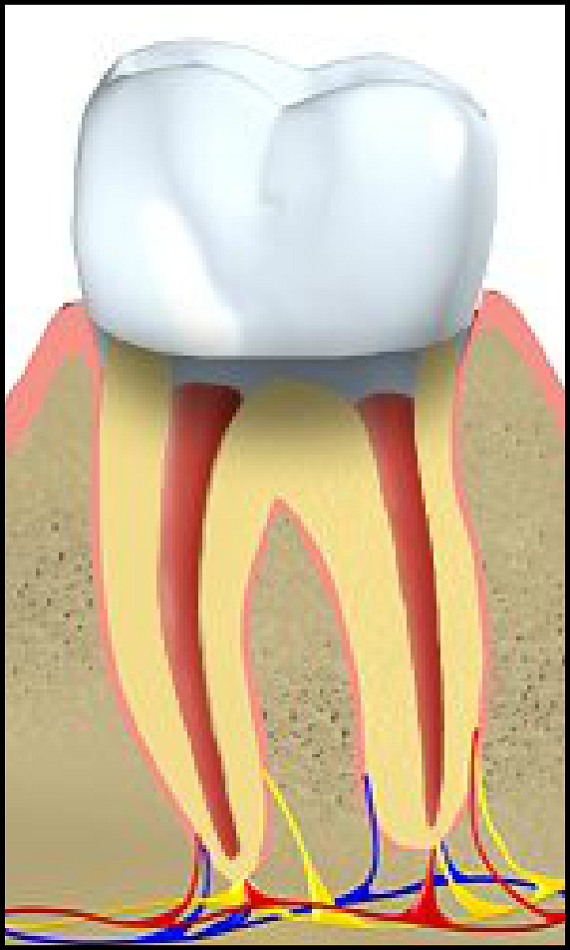
Once the doctor knows that the treatment was successful, the temporary covering/filling is replaced with a permanent one. Depending on the tooth's condition and position, it might also be rootCanaled.
